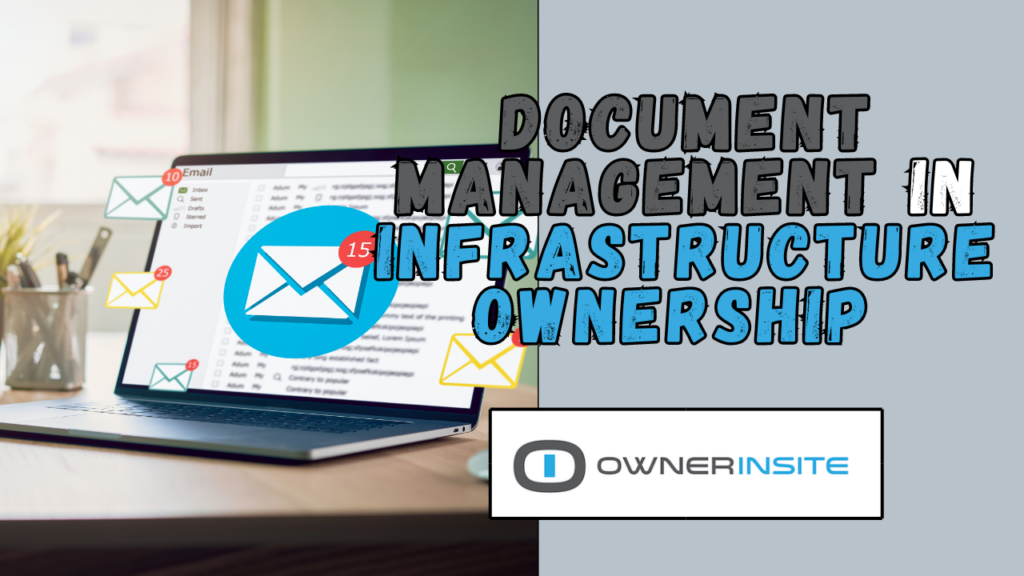The Critical Role of Document Management In Infrastructure Ownership
As America’s infrastructure continues to age, the urgency for owners of schools, universities, municipal buildings, and hospital systems to ensure the longevity and safety of their structures has never been more critical. Recent incidents, including the catastrophic collapses of bridges and buildings, have starkly highlighted the dire consequences of neglecting maintenance and oversight.
This has led to increased scrutiny from lenders during refinancing and governmental entities during recertification processes. A significant hurdle frequently encountered in these evaluations is the absence of essential project files, an issue that complicates and potentially jeopardizes the integrity assessments of these vital structures.
Retention Challenges
Traditionally, architects are mandated to retain design drawings for periods ranging from 5 to 10 years. However, many of the infrastructures under examination surpass this age, rendering such retention policies insufficient. Compounding this issue is the loss or improper archiving of project close-out files by owners, often due to outdated software or a lack of understanding regarding the importance of these documents.
The responsibility of locating these crucial files then falls to forensic engineers, who must navigate through public records or engage in exhaustive searches, a process that is both time-consuming and costly for owners and can often lead to dead ends.
All states have their own requirements for documentation retention. We have created this for you to reference. Construction Litigation Hold
Legal Implications
The aging infrastructure not only poses safety risks but also legal challenges. Owners find themselves at the center of disputes, whether defending against claims arising from accidents due to deteriorating conditions or addressing construction defects.
The onus is on the owners to substantiate their claims against contractors and architects, a task made formidable without access to comprehensive project files. The absence of such documentation severely handicaps legal and consulting teams, depriving them of vital evidence needed to effectively manage litigation and resolve disputes.
Proactive Archiving Solutions
To circumvent these pitfalls, it is crucial for owners, especially those managing educational institutions, government buildings, and healthcare facilities, to prioritize the archiving of project close-out documents. This proactive approach should ensure that files are stored in an accessible, secure, and user-friendly manner, enabling quick retrieval by owners, legal teams, and consultants when necessary. Investing in a robust archiving system not only safeguards the owner’s interests but also significantly mitigates future legal and safety risks.
In light of these considerations, Joshua Mermis, a founding partner of West Mermis, PLLC, and a recognized authority in construction law, emphasizes the importance of diligent documentation and archiving practices. His insights, drawn from extensive experience in construction litigation and business disputes, underline the critical need for owners to adopt a forward-thinking approach to document management.
For owners looking to fortify their defenses in construction-related litigation and ensure the longevity of their infrastructure, engaging with experts like Joshua Mermis and exploring resources such as Owner Insite, under the guidance of CEO Steve Harper, can provide invaluable guidance. Their collaborative discussion on this month’s podcast offers actionable strategies and insights into the essential practices for effective project documentation and archiving.
Owners in the sectors of education, municipal governance, and healthcare are encouraged to heed this call to action by reassessing their archiving strategies and considering the adoption of advanced, accessible, and secure document management systems. Taking such steps now will not only preserve the structural integrity and safety of their buildings but also equip them with the necessary tools to navigate the complexities of legal disputes and maintenance challenges in the future.




